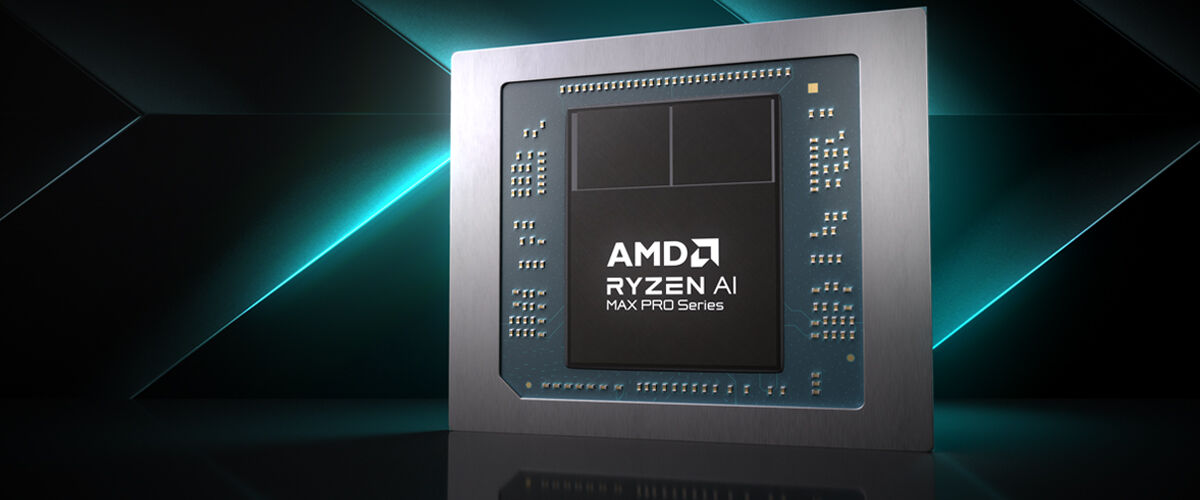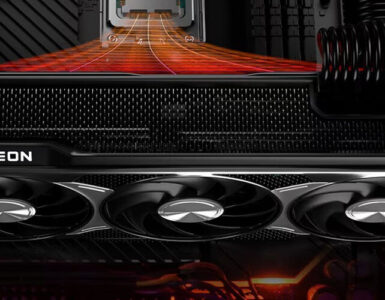Like clockwork, the annual tech extravaganza that is Consumer Expo Show (CES) has returned with a slew of announcements and upcoming products for 2025. AMD is no stranger to the tradition, unveiling a range of chips tailored for different work and play demands, marking a strong start to a new year.
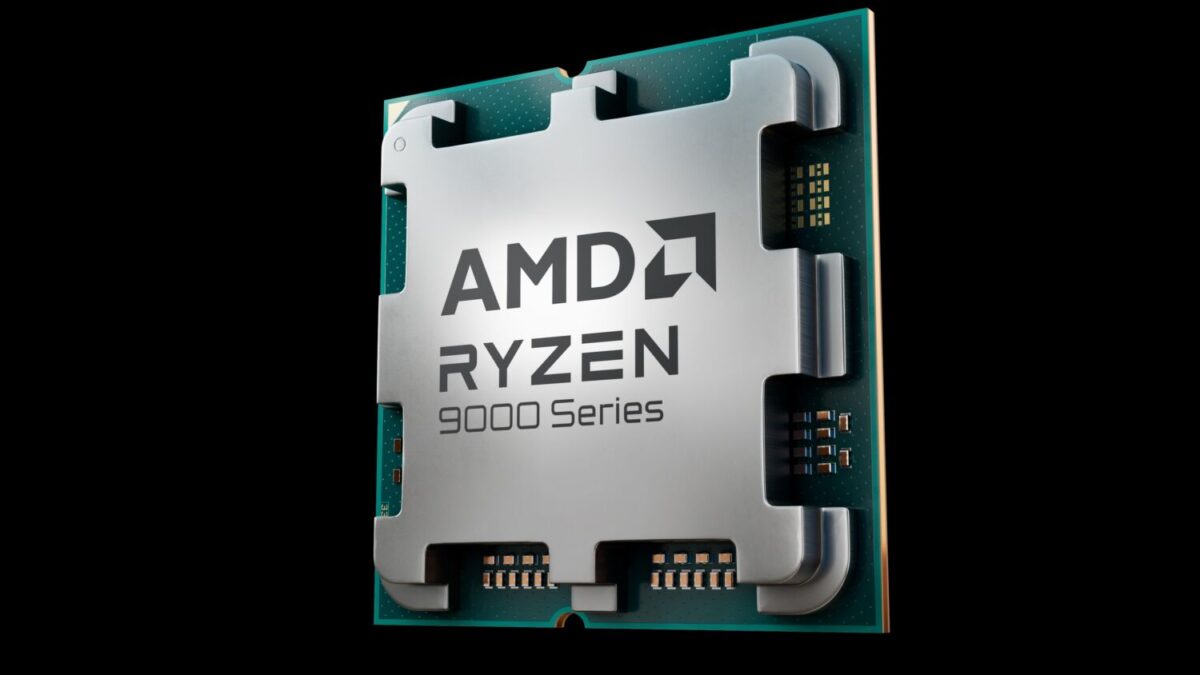
Leading the pack is the AMD Ryzen 9000 series desktop processors, which comprise the base Ryzen 9 9900X3D model and the higher-end Ryzen 9 9950X3D. Both run on the latest Zen 5 architecture, with the former boasting 12 cores, 24 threads, and 120W of TDP (short for Thermal Design Power, referring to the power consumption under the maximum theoretical load). In comparison, the Ryzen 9 9950X3D features 16 cores, 32 threads, and 170W of TDP.
According to the Californian giant, the soaped-up CPU is eight per cent faster than its predecessor, the Ryzen 9 7950X3D, based on 40 titles tested, including Cyberpunk 2077, Starfield, and Black Myth: Wukong. It also supposedly outperforms the Intel Core Ultra 9 285K processor, clocking a 20% increase in gaming performance.
As for content creation, users can expect a 13% improvement (versus the previous gen Ryzen 9) across 20 apps like Davinci and Adobe Photoshop, alongside 10% faster speeds compared to its Intel counterpart. Both chips will be available in Q1 2025, with pricing details to be announced at a later date.
The upgraded oomph extends to mobile processing, taking the form of the AMD Ryzen 9000HX series CPUs. Slated to launch in the first half of the year, it includes three models: the 12-core, 24-thread Ryzen 9 9859HX, the 16-core, 32-thread Ryzen 9 9955HX, and the HX3D iteration dubbed “Fire Range”. The most powerful of the lot, the 9955HX3D sports 16 cores, 32 threads, and 144MB of cache; its sibling tops out at 80MB.
Additionally, the AMD Radeon RX 9070 and RX 9070 XT graphics cards have been unveiled alongside a launch window of Q1 2025. These new offerings are equipped with the new RDNA 4 architecture running on second-generation AI accelerators, third-gen raytracing accelerators, and an upgraded AMD Radiance Display Engine for improved media encoding quality and supercharged AI performance.
The GPUs are accompanied by the AMD FidelityFX Super Resolution 4 (FSR 4), a specially designed software for RNDA 4 that promises high-quality 4K upscaling, smooth gaming performance, and low latency with the brand’s Anti-Lag 2 technology. In the same AI-driven vein, the Adrenalin app now brings AI capabilities, allowing users to generate images, summarise local documents, and ask AMD-related questions to a chatbot.
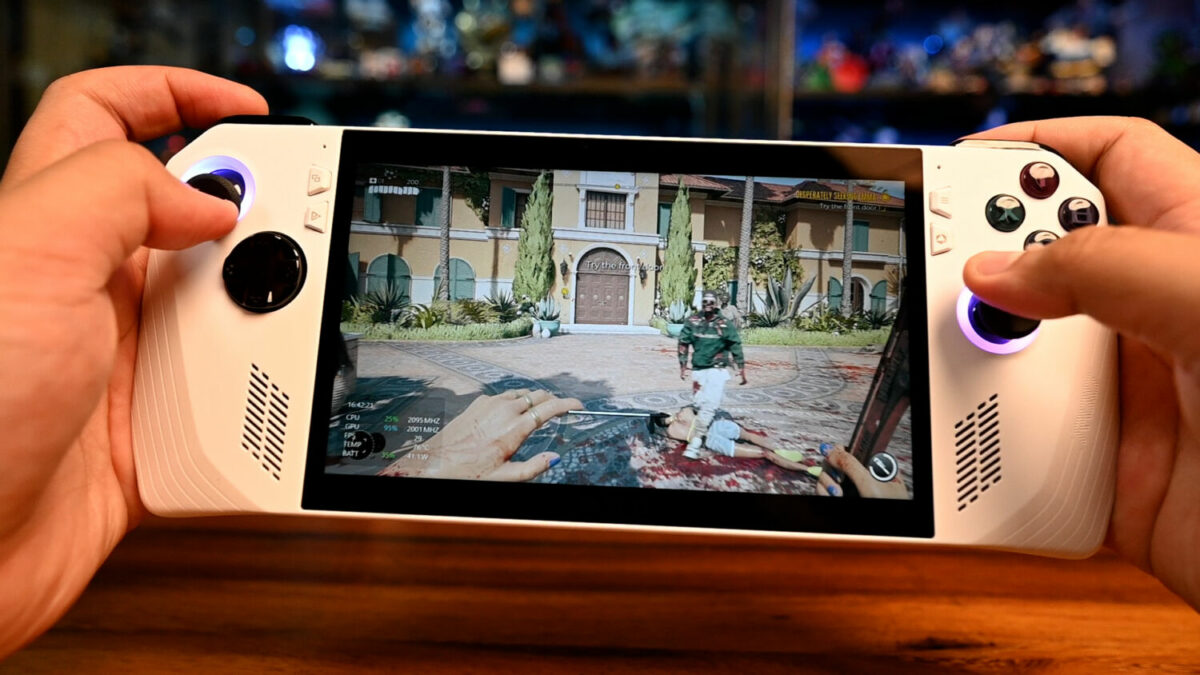
For handheld PC enthusiasts, there’s the Ryzen Z2 lineup to look forward to in Q1 2025. The processor, which supports AMD gaming technologies, will power devices like the Lenovo Legion Go, ASUS ROG Ally, and the Steam Deck, starting with the entry-level Z2 Go that delivers 30W of cTDP and 10MB of cache. The 8-core, 16-thread Z2 packs 24MB of cache, 15 to 30W of cTDP, and 24 graphics cores, while the Z2 Extreme ups the ante with 15 to 35W of cTDP and 16 graphics cores.
AMD is also expanding its AI PC offerings, with the Ryzen AI and AI Pro 300 Series, alongside the AI Max and Max Pro chips, categorised into three tiers: Halo (Ryzen AI Max+ and Max), Premium (Ryzen AI 9), and Advanced (Ryzen AI 5 and AI 7). The AMD Ryzen AI 5 340 ships with six cores, 12 threads, and 22MB of cache, whereas the Ryzen AI 7 350 features eight cores, 16 threads, and 24MB of cache.
Per the company, the Ryzen AI 7 350 is the “fastest multi-tasking performance in its class”, clocking an average improvement of 35% across nine apps versus the Qualcomm X Plus X1-42-100, and a 30% boost compared to the Intel Core Ultra 7 258V. Both models will be available in Q1 2025 for Copilot+ laptops, with their Pro iterations coming in the second quarter.
Elsewhere, the AMD Ryzen AI Max+ and AI Max CPUs are powered on the latest Zen 5 architecture, touting up to 50 TOPS of NPU, or Neural Processing Unit, oomph and topping out at 256GB/s of memory bandwidth. Reportedly, the top-end AI Max+ 395 model promises 2.6 times faster rendering, 1.4 times faster graphics performance (versus the Intel Core 9 288V), and up to 2.2 times faster AI processing compared to the NVIDIA GeForce RTX 4090. This latest lineup is set to release sometime between Q1 to Q2 2025.
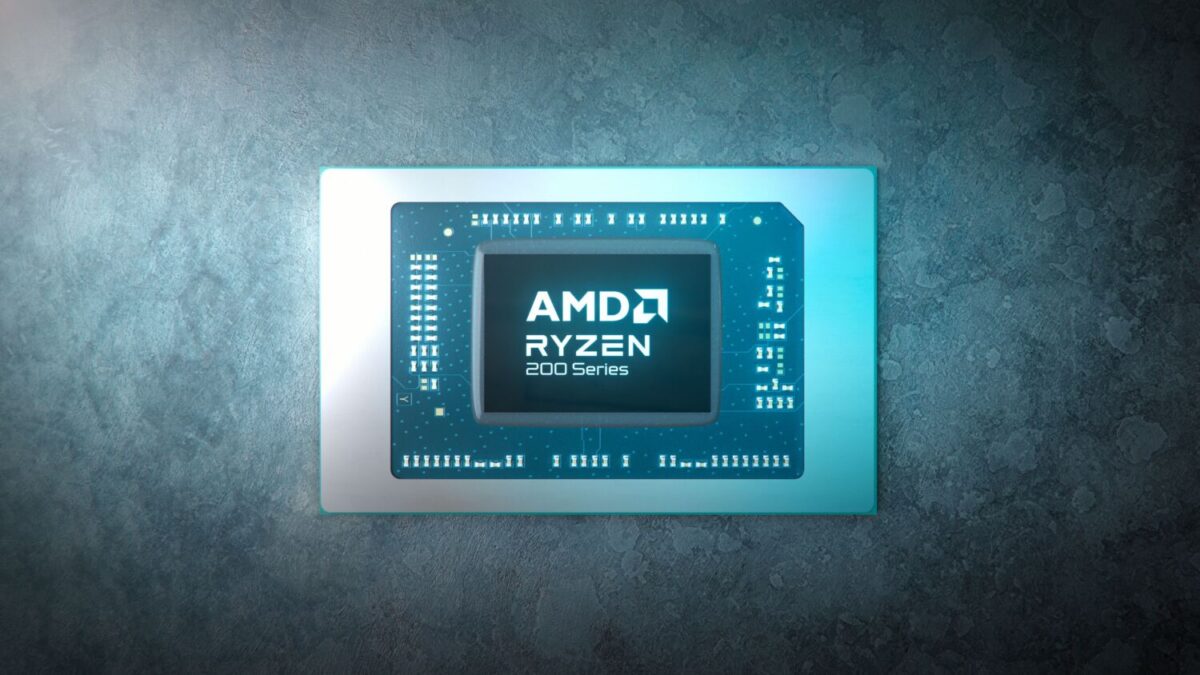
Rounding out the CES 2025 announcements is the AMD Ryzen 200 series of processors, designed more for mainstream consumer and commercial options. Due out in Q2, it includes the following models and specifications:
| AMD Ryzen 9 270 | 8 cores, 16 threads | Up to 5.2 GHz max boost | 24MB cache | 16 peak NPU TOPS | 35 to 54W cTDP |
| AMD Ryzen 7 260 | 8 cores, 16 threads | Up to 5.1 GHz max boost | 24MB cache | 16 peak NPU TOPS | 35 to 54W cTDP |
| AMD Ryzen 7 & Ryzen 7 Pro 250 | 8 cores, 16 threads | Up to 5.1 GHz max boost | 24MB cache | 16 peak NPU TOPS | 35 to 54W cTDP |
| AMD Ryzen 5 240 | 6 cores, 12 threads | Up to 5.0 GHz max boost | 22MB cache | 16 peak NPU TOPS | 35 to 54W cTDP |
| AMD Ryzen 5 & Ryzen 5 Pro 230 | 6 cores, 12 threads | Up to 4.9 GHz max boost | 22MB cache | 16 peak NPU TOPS | 15 to 30W cTDP |
| AMD Ryzen 5 & Ryzen 5 Pro 220 | 6 cores, 12 threads | Up to 4.9 GHz max boost | 22MB cache | N/A | 15 to 30W cTDP |
| AMD Ryzen 5 & Ryzen 5 Pro 210 | 4 cores, 8 threads | Up to 4.7 GHz max boost | 12MB cache | N/A | 15 to 30W cTDP |

